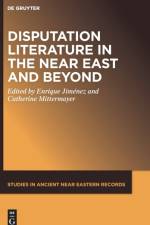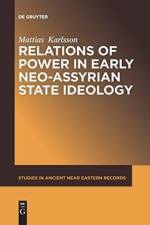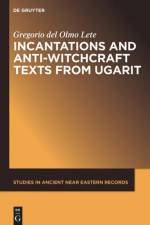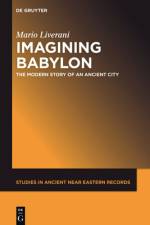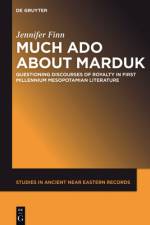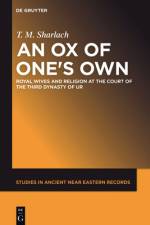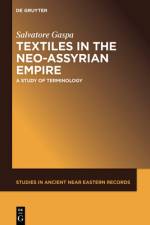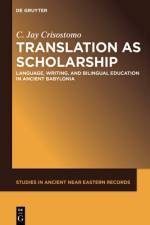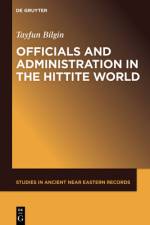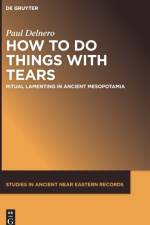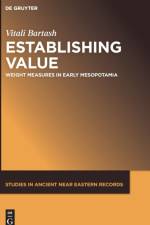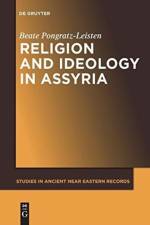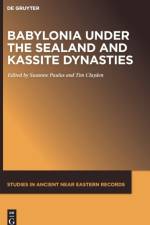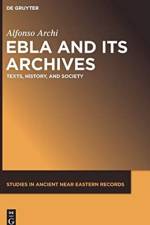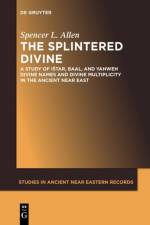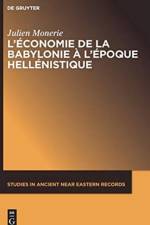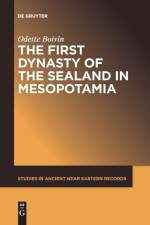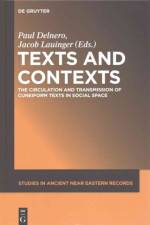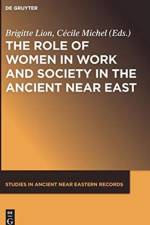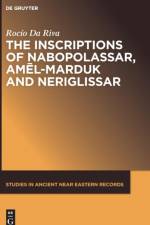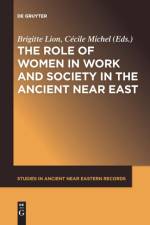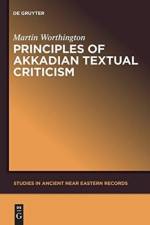av Martin Worthington
349 - 2 239,-
Studies in Ancient Near Eastern Records (SANER) is a peer-reviewed series devoted to the publication of monographs pertaining to all aspects of the history, culture, literature, religion, art, and archaeology of the Ancient Near East, from the earliest historical periods to Late Antiquity. The aim of this series is to present in-depth studies of the written and material records left by the civilizations and cultures that populated the various areas of the Ancient Near East: Anatolia, Arabia, Egypt, Iran, the Levant, Mesopotamia, and Syria. Thus, SANER is open to all sorts of works that have something new to contribute and which are relevant to scholars and students within the continuum of regions, disciplines, and periods that constitute the field of Ancient Near Eastern studies, as well as to those in neighboring disciplines, including Biblical Studies, Classics, and Ancient History in general. All submissions to SANER are thoroughly reviewed by scholars with acknowledged expertise in the subject matter. Once a manuscript is accepted for publication, it goes through the careful production process that has characterized books published by Walter De Gruyter since 1749. General Editor:Gonzalo Rubio, Pennsylvania State University, Department of Classics and Ancient Mediterranean Studies and Department of History, University Park, PA, USA. Editors:Nicole Brisch, University of Copenhagen, Denmark.Petra Goedegebuure, University of Chicago, USA.Amelie Kuhrt, University College London, UK. Peter Machinist, Harvard University, USA.Piotr Michalowski, University of Michigan, USA.Cecile Michel, Centre National de la Recherche Scientifique, France.Beate Pongratz-Leisten, New York University, USA.D.T. Potts, New York University, USA.Kim Ryholt, University of Copenhagen, Denmark.

